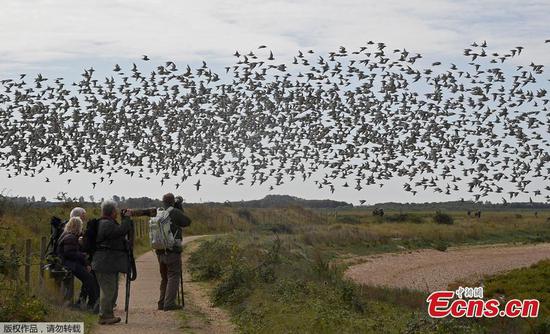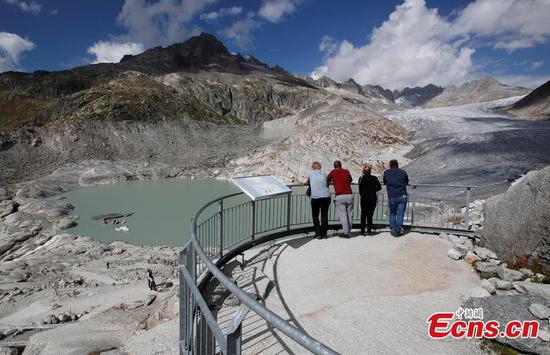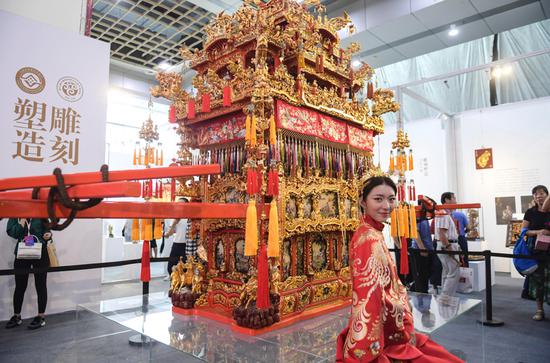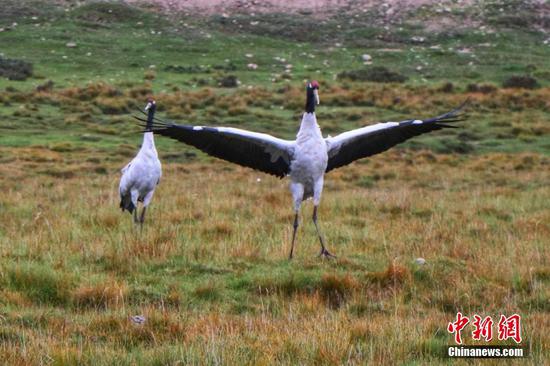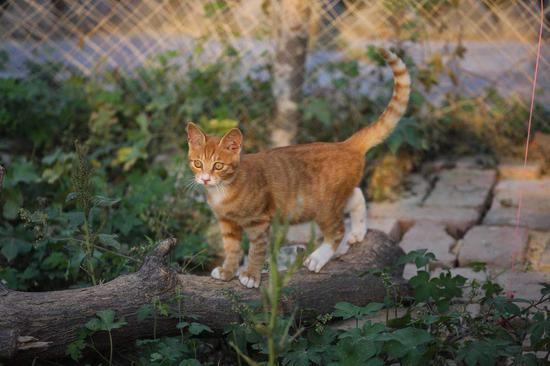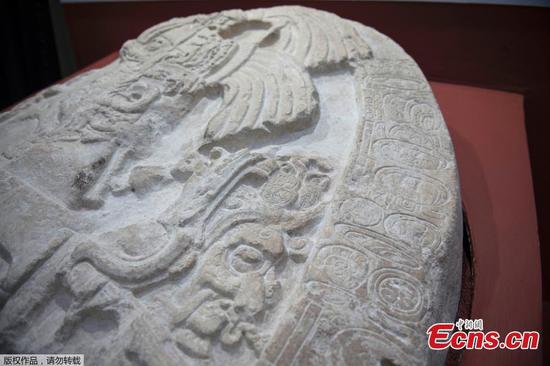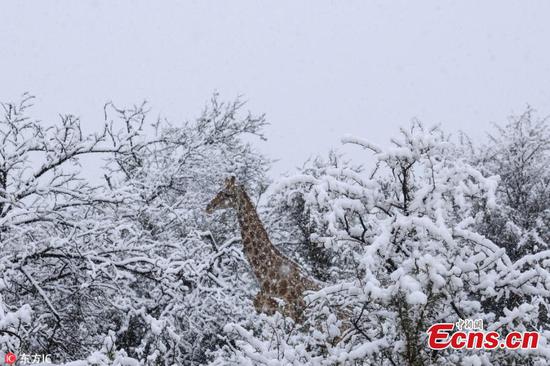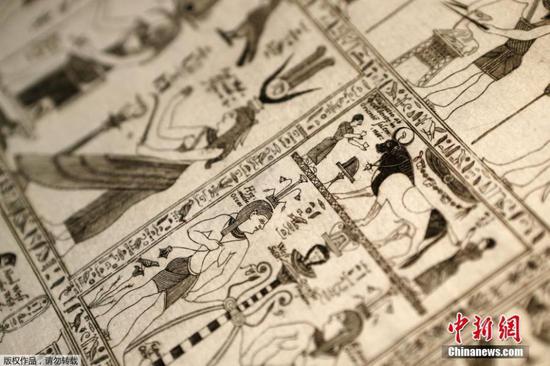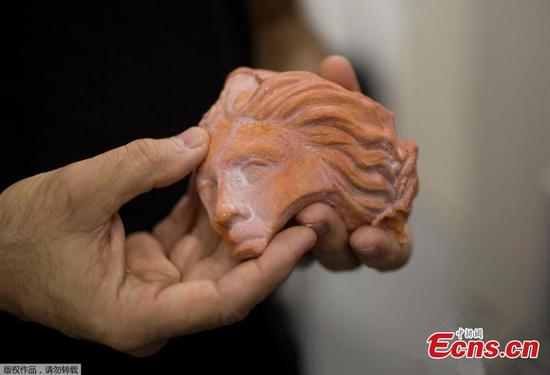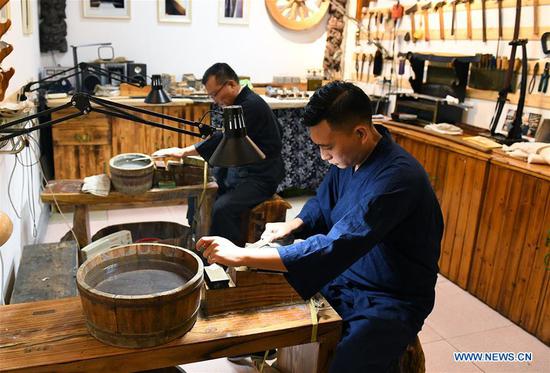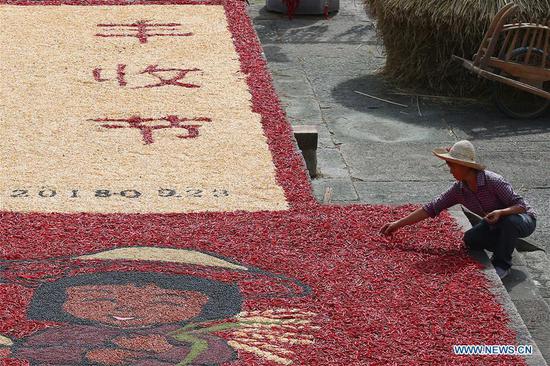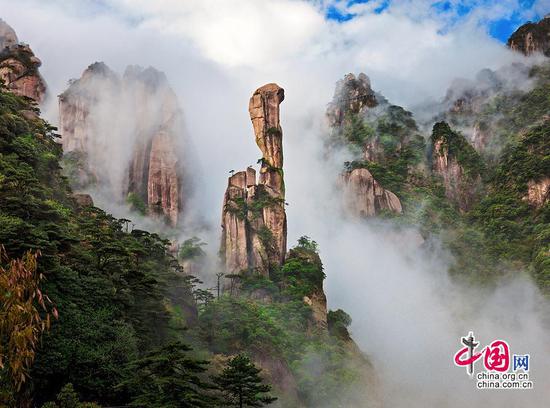
Dubbed as the "first fairy mountain of Jiangxi", Sanqing Mountain is situated at the border of Shangrao City and Dexing City in Jiangxi province. (Photo: China.org.cn/Shu Jian)
China’s newest UNESCO world heritage sites are teeming with tourists and booming with development under the careful care of residents, who are also benefiting from the economic situation.
Huashan Rock Art Cultural Landscape and Mount Sanqing are two examples of how tourism is being used to help alleviate local poverty.
Huashan Rock Art Cultural Landscape, a series of cultural landscapes composed of rock paintings, cliffs, rivers, terraces, and other elements created by Lạc Việt people, an ancient tribe that stems from Zhuang ethnic group, is located at the mountainous area along the Zuo River Valley in southwest China’s Guangxi Zhuang Autonomous Region. The 16,000 year-old rock art is believed to be one of world’s largest rock painting groups discovered to date.
However, since it is surrounded by mountains, it was largely isolated from the outside would until 2016, when it was listed as the 40th World Heritage Site at the 40th World Heritage Committee held in Istanbul, capital city of Turkey.
“Investment has been increasing for two years. The total number has reached more than $26 million this year. The local government formulated a detailed plan to further improve the infrastructure of Huashan Scenic Area by facilitating local transportation and reconstructing residential buildings along the river,” said Zhu Qiuping, director of Ningming County’s Administration of Cultural Relics in Guangxi.
Likewise, Mount Sanqing, renowned as the Taoist sacred site in east China’s Jiangxi Province, witnessed a return of migrant workers thanks to its listing as a World Heritage Site in 2008. The per capita annual income of residents in the scenic spot has also increased from 7,481 yuan in 2010 to 24,713 yuan, or about $1,100 to $3,600 in 2017, according to local statistics.
Proud of their natural heritage, local residents gave up their agricultural activities and turned into forest guards in a bid to better preserve the local environment. In addition, an increasing number of villagers voluntarily participate in promoting local tourism and culture.
“China has made great progress in preserving World Heritage Sites in recent years however, people should heed the over-commercialization and over-exploitation in the development of tourism and bring in investment,” Zhu added.
(Source: Facebook account of People's Daily)









